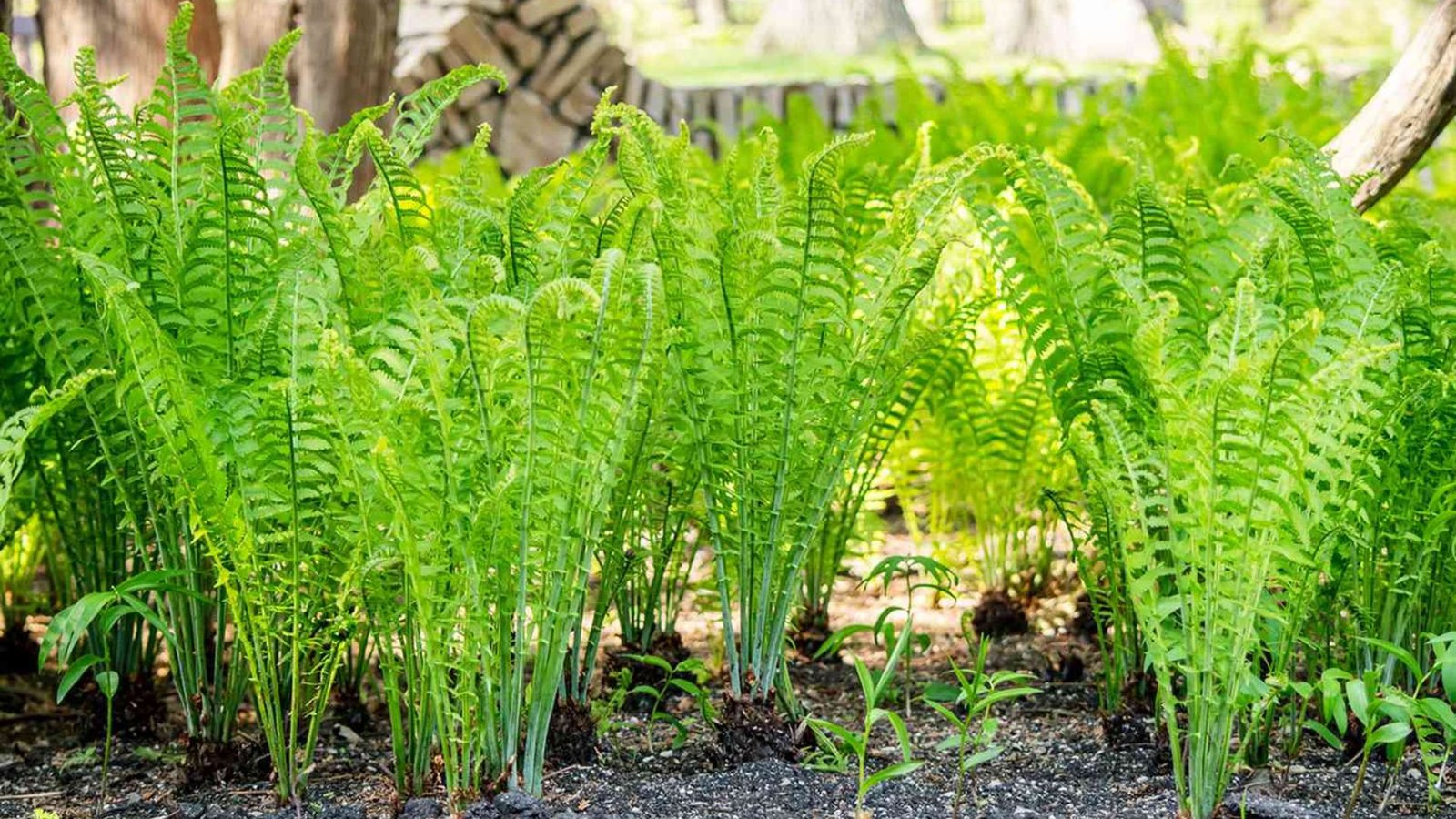Ferns are prized for their lush green foliage and ability to thrive in shady, moist environments, making them a popular choice for gardens, both indoors and outdoors. Whether you’re new to gardening or looking to expand your fern collection, here’s a comprehensive guide on how to grow and care for ferns to ensure they flourish and bring beauty to your spaces.

Choosing the Right Ferns
Selecting the right fern species is essential for successful cultivation. Popular types of ferns include:
- Boston Fern (Nephrolepis exaltata): Known for its arching fronds and tolerance to indoor conditions.
- Maidenhair Fern (Adiantum spp.): Recognizable for its delicate, fan-shaped leaflets and preference for high humidity.
- Japanese Painted Fern (Athyrium niponicum): Noted for its silver-green fronds with purple accents, ideal for shady gardens.
Choose fern varieties based on your climate, available growing space, and desired aesthetic.
Providing the Right Growing Conditions
Ferns thrive in environments that mimic their natural habitat:
- Light: Most ferns prefer indirect or filtered light, making them suitable for shaded areas. Avoid direct sunlight, which can scorch their delicate fronds.
- Temperature: Ferns generally prefer cool to moderate temperatures. Indoors, aim for temperatures between 60-75°F (15-24°C). Outdoors, select shaded spots that remain cool during hot summer days.
- Humidity: Ferns require high humidity levels to thrive. Indoor ferns benefit from regular misting or placement on humidity trays filled with water and pebbles. Outdoor ferns may need additional watering during dry spells.
Choosing the Right Pot or Planting Location
- Containers: Plant ferns in containers with drainage holes to prevent waterlogging. Use a well-draining potting mix rich in organic matter, such as peat moss or compost.
- Outdoor Planting: For outdoor ferns, choose moist, well-drained soil enriched with organic matter. Amend heavy clay soils with compost to improve drainage.
Watering and Feeding
- Watering: Keep ferns evenly moist but not waterlogged. Water when the top inch of soil feels dry, adjusting frequency based on environmental conditions. Avoid watering the foliage to prevent fungal diseases.
- Feeding: Feed ferns monthly during the growing season with a balanced liquid fertilizer diluted to half strength. Reduce feeding in winter when growth slows.
Pruning and Maintenance
- Pruning: Remove yellow or damaged fronds regularly to encourage new growth and maintain plant health. Use clean, sharp scissors or pruning shears to make cuts at the base of the frond.
- Cleaning: Wipe dust from fern fronds with a damp cloth or gently rinse them under a shower to keep leaves clean and improve photosynthesis.
Managing Pests and Diseases
- Pests: Watch for common pests like spider mites or scale insects. Use insecticidal soap or neem oil to treat infestations, ensuring to coat both sides of the fronds.
- Diseases: Prevent fungal diseases like powdery mildew by maintaining good air circulation around plants and avoiding overcrowding. Remove affected fronds promptly.
Overwintering
- Indoor Ferns: Reduce watering and feeding in winter when growth slows. Maintain consistent humidity levels to prevent frond drying.
- Outdoor Ferns: Mulch around outdoor ferns to protect roots from freezing temperatures. Trim back dead fronds in early spring to promote new growth.
Conclusion
Growing and caring for ferns can enrich your garden or indoor spaces with their graceful foliage and adaptability to various conditions. By following these steps—choosing the right ferns, providing suitable growing conditions, selecting appropriate pots or planting locations, watering and feeding appropriately, pruning and maintaining, managing pests and diseases, and understanding overwintering needs—you can cultivate healthy and vibrant ferns year-round. Embrace the beauty and tranquility that ferns bring to your environment, and enjoy their enduring charm as they thrive under your care. Happy gardening!











